My Modern House: Family Life on Segal Close
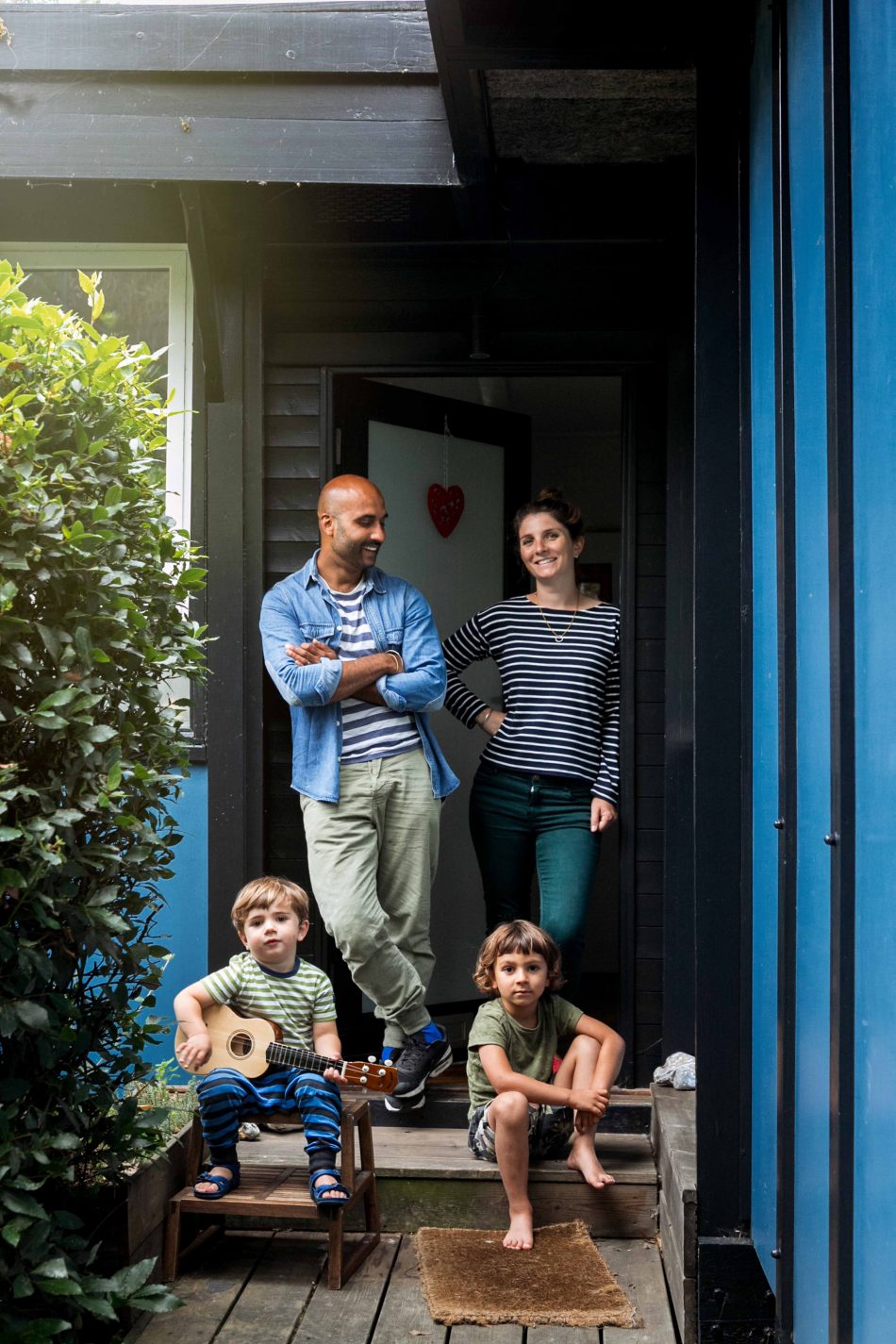
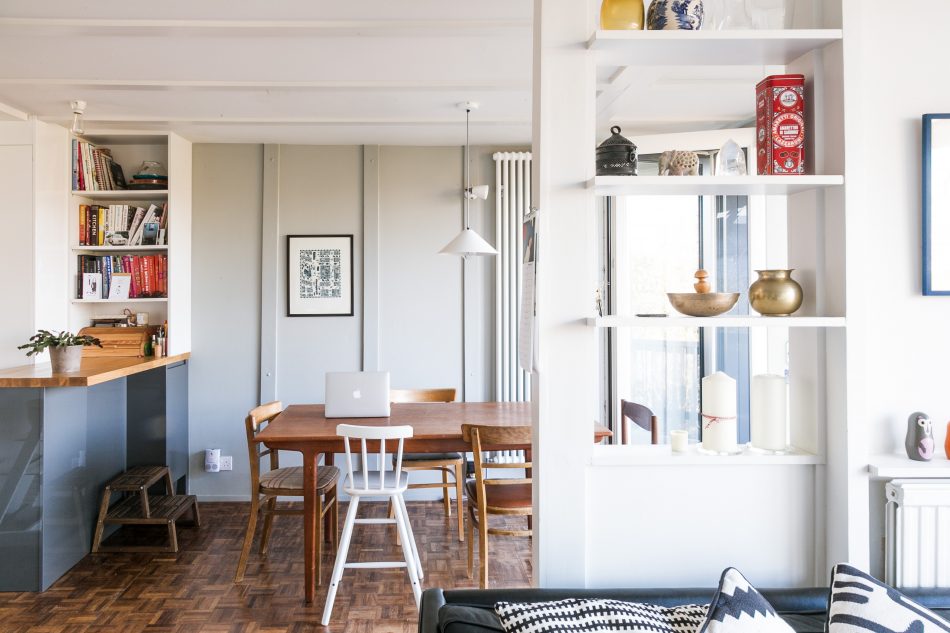
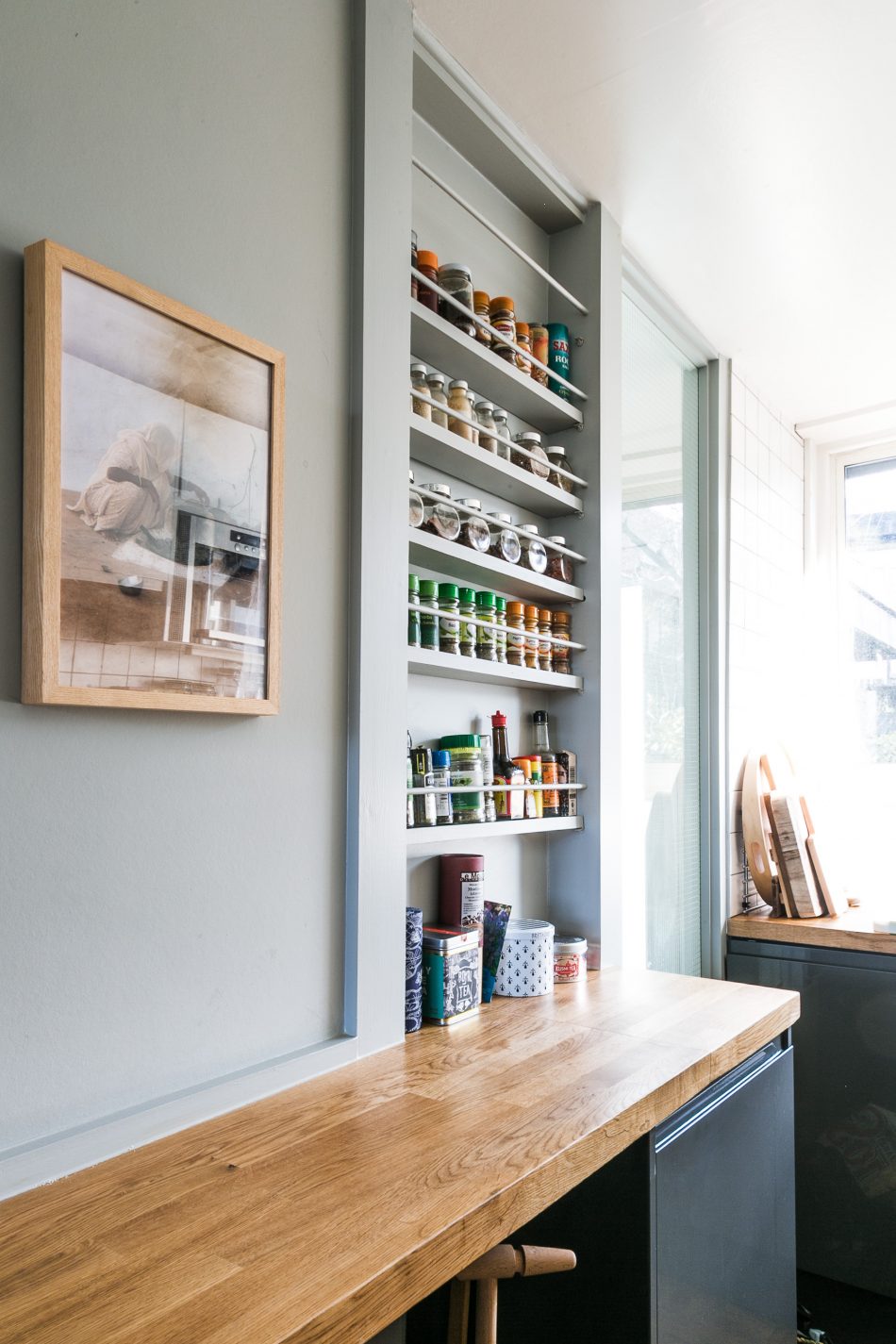

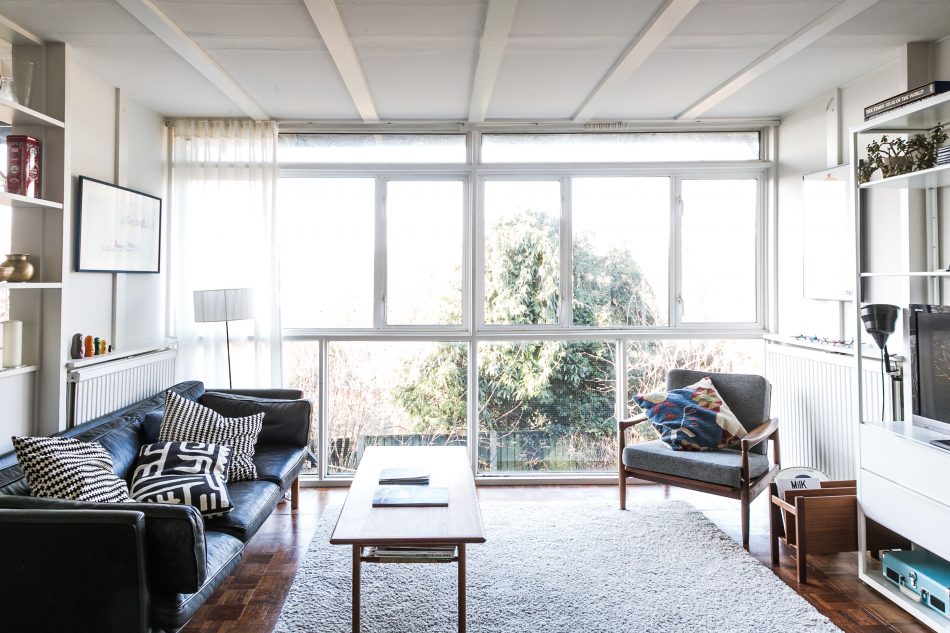
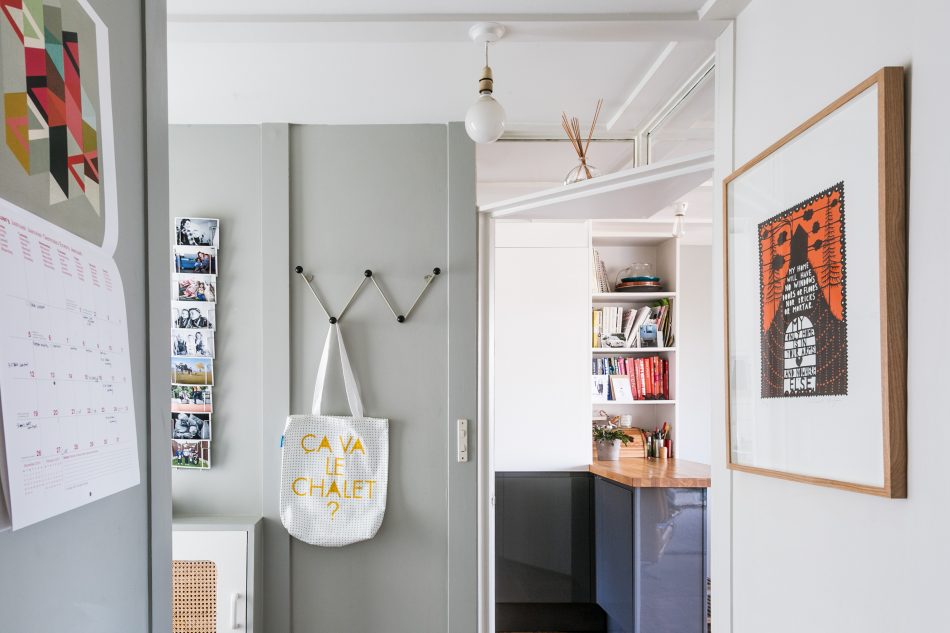



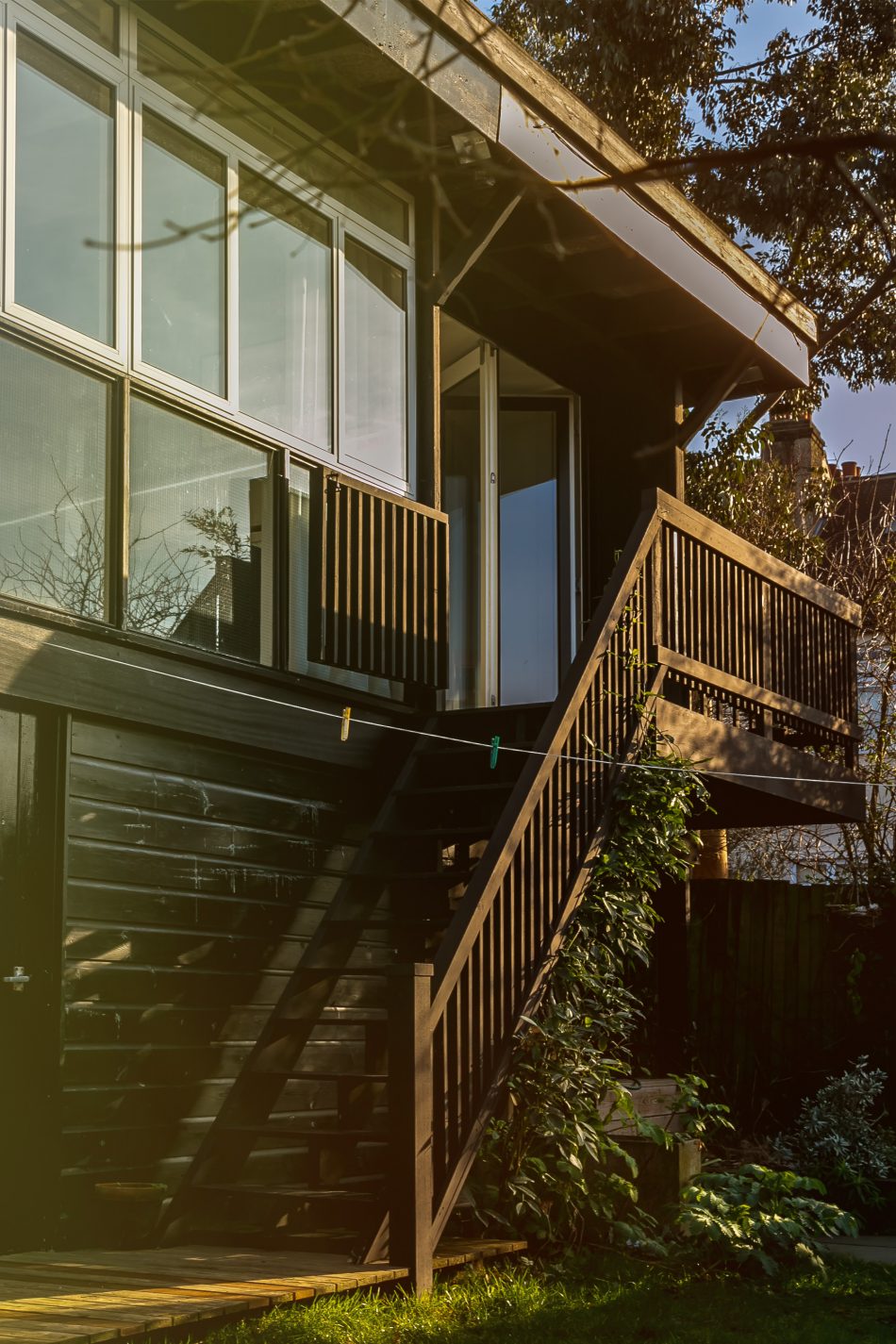
In our new series ‘My Modern House’ we’re revisiting some of the properties we’ve previously sold, to hear first-hand from the owners what it’s like to live in some of the UK’s finest modern architecture.
Five years ago, in the autumn of 2011, Taran and Celine purchased a distinctive family home on Segal Close in south-east London. Segal Close is a short cul-de-sac, that consists of seven self-built ‘Segal Method’ houses, constructed in the early 1980s to designs by the celebrated Swiss architect Walter Segal. The so-called ‘Segal Method’ was a way of constructing houses that eliminated the need for various processes such as brick-laying, cement-pouring and other techniques that Segal considered superfluous to the construction of a good house. Instead, he advocated a modular, timber-frame system that is reminiscent of 19th-century American houses or traditional Japanese architecture.
For Taran and Celine it was love at first sight when they visited Segal Close and nearby Walters Way, and since moving in, for Taran – a photographer specialising in architecture and interiors – it’s become more than just a home having been the focus of much of his recent work. His photography recently featured in the exhibition Walters Way: The Self Build Revolution at the Architectural Association Gallery, and he has recently published a book – Walters Way & Segal Close – co-written with Alice Grahame.
We caught up with Taran, Celine – an exhibition designer at the Royal Maritime Museum – and their two young sons, Sohan, 5, and Nayan, 2, to hear about family life on Segal Close.
How did you first come across the property?
In early 2011 we spotted a Segal home on sale with The Modern House, and although it was already under offer at the time we asked the team to keep us on file on the off chance the sale fell through. Although we knew there was little chance it would, lo and behold, three months down the line we received a call telling us the house was about to go back on the market. We snapped up the opportunity and never looked back!
Were you looking to move to a Segal house specifically at that point?
Yes – our passion for everything Segal began in 2009 after we visited Walters Way where a handful of Segal homes were open for public viewing during Open House London.
What were your initial thoughts when you visited the property?
We completely fell in love with the uniqueness of the street, the architecture, the sense of community, the layout, the light, the timber … the list goes on.
Where were you living before?
We moved to Honor Oak Park in 2008 after several years living in period properties in north London. Segal Close is our first ‘modern house’ so to speak.
After you moved to Segal Close, how long did it take for it to feel like home?
Celine is from Switzerland, so for her it made total sense to live in a timber house and for me – having lived in Japan for several years – I was also inspired by the compact living style and sense of being close to nature that the Segal homes offer.
In short, we knew the day we were handed the keys that this would be a wonderful family home for us.
What work have you done to the property since moving in?
Internally, since we moved in we have changed the layout of the toilet and bathroom, modernised the kitchen and repainted all the timber to create a sense of light and airy openness in the home. Externally we have added some decking in the garden and replaced stair cases to the front and back of the house as well as revamped our balcony area.
We’ve always tried to use local builders for any changes, and we’re careful to seek out those who have an understanding and appreciation of working with timber and timber-framed houses.
The first artwork we placed in the house was a Rob Ryan piece titled Home. We thought the wording, “My home will have no windows, doors or floors nor bricks or mortar“, was quite fitting to our new home, and it is proudly placed in the entrance corridor.
In terms of the interior, we especially like mid-century furniture and often try to seek our bargains in auctions, antique dealers and shops. Luckily there are a number of interesting haunts in south-east London so we often don’t have to travel too far to find unique pieces.
How did you go about deciding on the aesthetic for the interior?
My wife is also an interior designer and had a clear vision of how she wanted the house to look and feel.
The beauty of the house is that each room has built-in storage, which helps keep it tidy and minimalist. To some extent this dictated the contemporary look and feel that we tried to create. We re-selected our furniture to give a more mid-century feel, and we repainted the majority of our interior walls Farrow & Ball Strong White to create a blank canvas with accents of grey walls throughout to contrast.
Do you have plans to do anything more to the house?
Over the next few years we’re thinking about building an extension to the house for our growing family – if we go ahead it’ll need to complement and sympathise with the original Segal structure. We are also looking at different ideas of how to maximise the space under our house to its best potential.
What is your favourite thing about living in the house?
When friends and family walk into our home, they often comment how they feel they have walked into a holiday house. Our views from the balcony and main living spaces are immaculate, overlooking trees and gardens from a high vantage point as the cul-de-sac is positioned on top of a hill.
We often recall one of the first evenings we spent at the house was on bonfire night; we watched the fireworks going off across the borough all night from our fantastic viewpoint.
Are there any downsides to the house?
One of the challenges is the constraints that the Segal grid puts on the width of the doorways, making them quite narrow. Hanging artwork can also be tricky as it seems to conflict with the visual lines of the internal vertical batons.
That said, without question the upsides far outweigh the down.
Is there a strong community amongst the residents on Segal Close?
I think it’s a result of the self-build process – where residents constructed these properties for their own habitation – that communities are able to develop naturally. The self-builders may not have had much in common when they started, but the shared experience and interdependence brought them closer together.
Despite there only being four self-builders still present on both streets, there is still a strong sense of community running through both Segal Close and Walters Way. I think this is in large part the result of the design of the streets – the houses look onto communal outdoor spaces, making neighbours more aware of who is around. Each house has a private garden and access to shared outdoor space beyond.
One thing that keeps people together is the work that residents must do to look after their street. Both Segal Close and Walters Way are private roads and occupants are responsible for community facilities like lighting, recycling and road maintenance – every so often residents gather for a street cleaning session.
At Walters Way there is an annual street party and collective Christmas, as well as other celebrations which Segal Close residents are also invited to. It is rare in London to know your neighbours as well as we are able to.
The book I recently published about the two streets has interviews with residents from each home, and many of us open our doors to the public at Open House London – things like this make it really evident that one of the strongest aspects of the streets is the community spirit.
Are there any other properties in the UK that would tempt you away from Segal Close?
We love living on the close, and for us at this moment London works in so many ways, so it’s difficult to say whether we would be tempted away. Saying that, now having lived in a Segal home and experienced the great views, community spirit and how the natural world is bought directly into our living space, perhaps experiencing the innovative timbered architecture of a HUF HAUS could be an alternative we would consider. I think it would be quite an adjustment for us now to live in a regular home built of bricks and mortar!
Sign up to our newsletter for more stories like Taran and Celine’s.
Photography: Taran Wilkhu






















